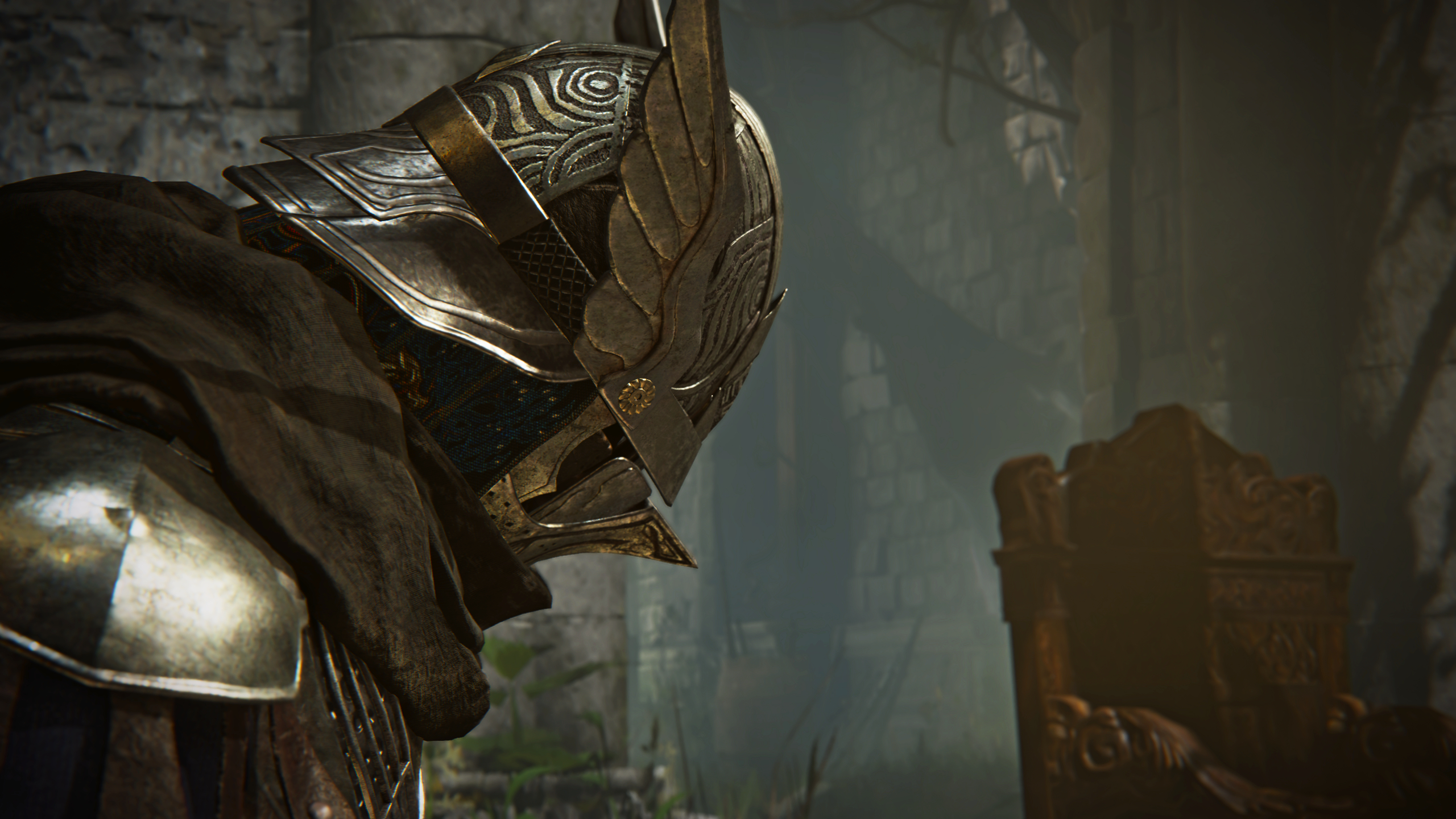If you’ve played Elden Ring Nightreign, you’ve likely had this experience. Your friends are both down and at three bars. It’s to the wire. A Nightlord is bearing down upon you. You rush to bring them back up, start to swing, and mutter to yourself: “Why is this so hard?” then you’re flattened into paste because you had the camera pointing the wrong way.
This has happened to me so often that I no longer bother trying. I’m more likely to clutch a run playing defensively and saving my ult to revive my teammates—which, in fairness, feels like the intended design. But why, you might ask, does it take so long? Turns out, FromSoftware’s UI is basically lying to you.
Ever-reliable FromSoftware scientist Zullie the Witch, whose good work and video is linked above, has done a deep-dive into the revive system. Each weapon has a hidden ‘revive damage’ stat—for example, a dagger does 10 revive damage, while a colossal weapon does 25.
At the first bar, a player needs to be hit with 40 revive damage to be brought back from the brink. You might see this and think ‘oh, so at three bars, you need to take 120 damage, right?’ Wrong. That is a decision made by a game developer that speaks in straightforward sentences, instead of FromSoftware’s heretical tongues.
At two bars, the HP per bar is 45—for a total of 90 damage. At three bars, the HP per bar is 80, requiring you to dish out a total of 240 revive damage. This means that it’s six times more difficult to revive someone at three bars than it is at one. Why, then, did FromSoftware represent this increase as linear with its UI element, suggesting that a thrice-downed teammate is merely three times more difficult to revive?
That’s a great question. Anyway, moving on.
Zullie’s figured out that a thrice-downed ally’s bar also refills faster, too. Leave a one-bar pal down for 3.5 seconds, and said bar refills at a rate of two per second. At two bars, this increases to nine per second. Three bars? Screw you, your entire family, and your entire bloodline—because that bar’s refilling at 40 points per second.
When it comes to weapons, everything follows normal logic. Zullie calls out the Revenant’s claws as a particularly good revive weapon, which apparently do as much revive damage as a greatsword despite having multi-attacks. Spells, on the other hand, are more complicated—they all have the same base damage, but different modifiers.
The Cannon of Haima, for example, has a 469% modifier—upping the standard spell damage of 14 to a whopping 65 x 2 (once for the base hit, once for the explosion). This means it’ll instantly revive anyone at two bars, and can two-tap someone at three.
Bless FromSoftware, but this whole thing fills me with rage. I’ve been very much enjoying Nightreign, but the coy and mischievous mechanical obfuscation that works in other Souls games—incentivising exploration and experimentation at your own pace—seems more capricious, than anything, in Nightreign. Especially when every session is a pressure cooker. You aren’t fighting against the storm or the monsters of Limveld, you’re fighting against fibbing UI elements, too.

Elden Ring Nightreign tips – Start your run right
Nightreign tier list – The best nightfarers
Best Nightreign rune farm route – Level up fast
Best Nightreign team comps – Squad goals
Nightreign best relics – The rite stuff
Nightreign bosses list – Every Nightlord
Nightreign Remembrances – All character quests
